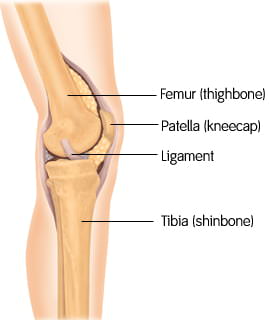Hi, I want to ask about muay thai kneeing technique.
As title: Does it matter which part of the knee you strike with?
Would there be a part of your knee that you are suppose to avoid striking with?
I notice almost all the pro fighters, athletes have had knee surgeries at some point in their careers. I know it is due to many reasons other than knee striking.
However I would like to be sure I get the right information before having a chance of injuring myself.

Is it okay to continuously striking with your knee cap(Patella)? (I don't mean the lower part of the knee cap)
Right now after every training sessions I can feel my knees kind of sore/hurting and click a lot more often than they used to be. But so does my shin bone, therefore I am not sure is it just conditioning or I am hitting the bags and pads with the wrong part of the knee.
Thanks in advance,
As title: Does it matter which part of the knee you strike with?
Would there be a part of your knee that you are suppose to avoid striking with?
I notice almost all the pro fighters, athletes have had knee surgeries at some point in their careers. I know it is due to many reasons other than knee striking.
However I would like to be sure I get the right information before having a chance of injuring myself.

Is it okay to continuously striking with your knee cap(Patella)? (I don't mean the lower part of the knee cap)
Right now after every training sessions I can feel my knees kind of sore/hurting and click a lot more often than they used to be. But so does my shin bone, therefore I am not sure is it just conditioning or I am hitting the bags and pads with the wrong part of the knee.
Thanks in advance,


